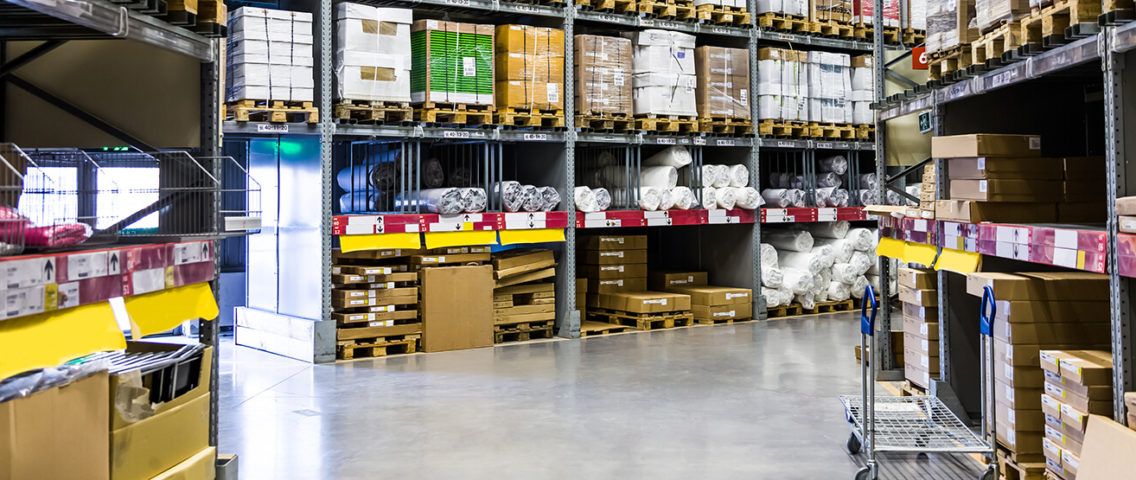From the latter part of the 1990’s well to this millennia, one of the top supply chain management slogans has been “replace inventory with information.” In addition, popular opinions have been raised bringing forward the idea of bringing planning accuracy to a level where stock can be largely eliminated. Yet, despite the ambitious goal, stock levels have increased in many retail, wholesale and manufacturing sectors, and with good reason. Companies have increasingly shifted their sourcing and manufacturing to cheaper, off-shore locations. The down-side is that the dynamics and uncertainty this creates necessitates increased stock holding.
Here are the main reasons for holding inventory:
- Holding stock allows you to manufacture, transport and handle products in economically sensible quantities. It’s rarely effective to produce or handle goods in batches of one. This is very apparent when using sea freight or when dealing with high output production facilities that set large minimum order quantities. Of course, in many sectors, companies should focus on developing their operations to enable economic handling of smaller batches, but even though cars can be economically produced in batches of one, pantyhose never will. When you have to sell in smaller batches than those you produce/buy you just have to have stock.
- Stock hedges against uncertainty. Demand forecasts are always uncertain to a degree, as are supply plans. To guard against these uncertainties you have to maintain safety stocks, or you will almost certainly lose sales due to stock-outs. The longer the lead-times you operate with, and the more difficult the demand is to forecast, the more safety stock you need.
- Stock can be used to balance capacity against seasonally fluctuating demand. Anyone producing, for example, ice cream, beverages, or Christmas decorations would be a complete fool to build up their production capacity to match the demand rates of the highest selling days of the year. It is much cheaper to finance the stockpiling of products and the additional safety stocks required than to increase production capacity by a factor of ten. A good S&OP process will make risk management significantly more effective.
- Offering your customers short lead-times. Though many products have to be imported across great distances, customers’ ideas of acceptable lead-times will be much shorter. You may have to wait three months for the next shipment to come in. Your customers won’t. You need to supply them from stock. Running long-distance and short-distance procurement in parallel results in improved delivery reliability, increased supply chain management flexibility, and lower overall costs.
So, stock-holding is a necessity for the vast majority of traders, the basic trick is to keep just the right amount. All too often companies have too much stocks of some products, while too little stocks of others. Luckily there are several inventory management and supply chain planning solutions on the market that helps you to find the right stock levels and supply chain plans for all products in your assortment.
My favorite slogan for anyone who thinks they should get rid of all inventory is: “If you truly believe inventory is never needed, you could start by removing the fuel tank from your car.”




